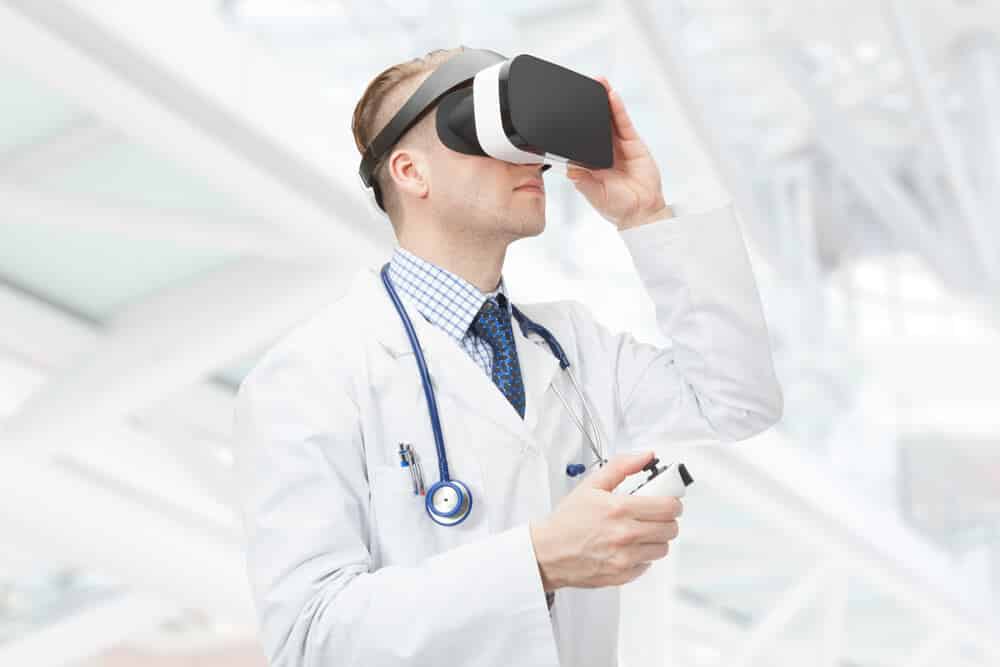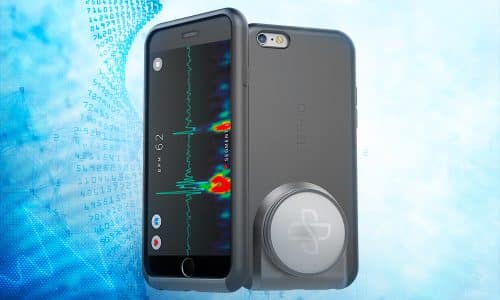Virtual reality (VR) refers to computer technologies that utilize virtual reality headsets to generate realistic images and sensations—with the goal of replicating a real environment, or creating an imaginary setting. A research article describes VR as an “immersive, interactive experience generated by a computer.”
Yet immersive VR has recently been studied for its application in medicine; an article penned by Bertalan Mesko, PhD analyzes the ways in which virtual reality technology can ultimately become a reality in medical healthcare, describing the scope of VR and its application in clinical research and medical practice.
One successful function of VR has been its utilization in stress release and pain reduction for patients with chronic pain. Researchers theorize that by distracting the mind and flooding senses with a positive experience, immersive VR will assist in pain management. Dr. Brennan M. Spiegel and a research team at the Cedars-Sinai Medical Center have experimented with virtual reality for years, creating wearable biosensors, electronic health records, patient-provider portals, and other platforms. Dr. Spiegel has developed a biosensor that has the ability to monitor digestion sounds via computer attachment, while attached to the abdominal wall, and subsequently display results and statistics on an app. The device—AbStats—has been approved by the FDA.
The team has already treated hundreds of patients with VR therapy in an innovative pilot project, allowing subjects to experience VR worlds for up to twenty minutes through aSamsung Gear headset. Participants were given the option to travel to Iceland, swim with whales in the ocean, or participate in the creation of artwork in a studio. Spiegel relates positive data results, yet many patients—particularly those within the older population—are unwilling to try it, emphasizing the digital generational divide.
Moreover, the research team’s experiment concerning pain reduction demonstrated a 24 percent decline in pain levels, among the patients who engaged in the virtual reality game that was offered. Spiegel and his colleagues are currently performing a larger, randomized and controlled trial for measuring longitudinal outcomes; the interest in VR has grown, yet the main limitation has been the allotment of time resources and equipment availability.The solution, according to Spiegel, would be a kind of ‘VR-pharmacy,’ in which there is “evidence-based, well-characterized visualizations that clinicians can pull of the shelf and ‘prescribe’ to individual patients.”
Perhaps most importantly, digital devices have the potential to make an enormous impact and difference—including, but not limited to, VR. With the overall goal of improving and optimizing clinical outcomes, the digital health revolution is consistently and constantly growing.




